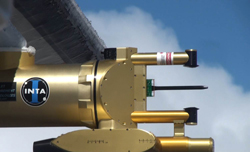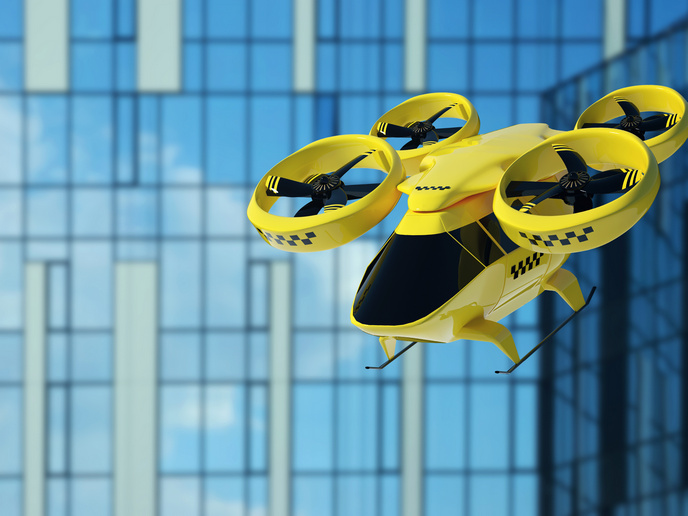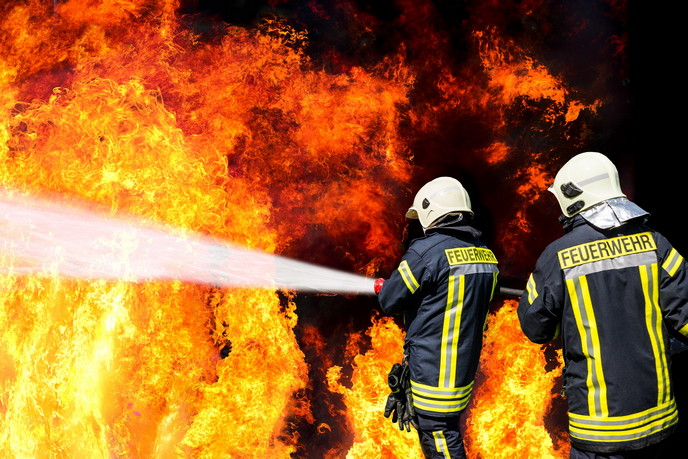Ice modelling for flight safety
Recent aircraft incidents and accidents related to extreme icing conditions have brought to light limitations in the scope of the icing envelope currently defined by specifications and federal aviation regulations. Current standards are set for water droplets up to 50 micrometres in diameter. Europe confirmed the presence of super-cooled large droplets (SLDs) such as those present in freezing drizzle (20–110 micrometre diameter) and rain (maximum droplet diameter beyond 500 micrometres). However, there were no tools capable of accurate ice modelling. In addition, testing for compliance typically consisted of difficult and expensive natural icing flight tests. The EU-funded 'Extreme icing environment' (Extice) project focused on developing tools for aircraft design and certification considering icy environments. Scientists incorporated basic experiments, wind tunnel testing and flight testing to obtain data and enhanced understanding needed to improve the reliability and accuracy of simulations. Comprehensive basic research was carried out to study SLD physics including splash and break-up. Among the main project achievements was a new SLD splashing model for wet surface drop impact. Both drop splashing and drop rebound algorithms were incorporated into models. All two-dimensional (2D) icing wind tunnel tests were completed. Comparisons between the 2D tests and the modelling data revealed the biggest improvement between code predictions and experimental results for the cases with medium volumetric diameter (MVD) droplets. Further work on ice accretion as related to SLDs is needed. 3D experimental data from wind tunnel tests were obtained during the final stages of the project and preliminary comparisons made between model predictions and experimental results. Analyses highlighted the need to experimentally examine a specific drop size and pointed to a deficit in existing instrumentation. Overall, Extice significantly advanced European knowledge of SLD ice and theoretical and experimental capabilities in the field. Given the need to address such issues for future certification, results and continued efforts promise to reduce costs tremendously and enhance aircraft safety.







